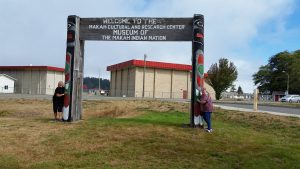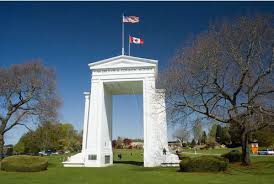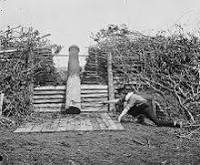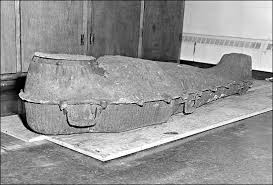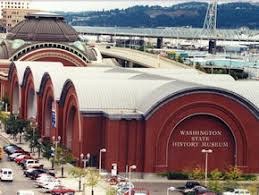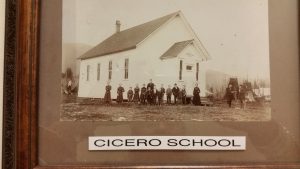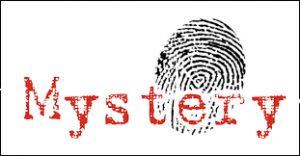
Our very recent EWGS Fall Workshop featured Dave Obee from Victoria, BC, who is a recognized expert on Canadian research. (He’s the founder of www.cangenealogy.com.)

One “mystery” thing he explained to us was how our ancestors thought nothing of going back-and-forth across the Canada-U.S. border and did so multiple times during their lives. I never thought about that. Asking “Grandma” Google, I found there are 29 official border crossing points between the two countries along WA-ID-MT with British Columbia and Alberta. This explains why an ancestor of my dau-in-law’s came to and lived his life in Washington but married a lady from Victoria IN Victoria. It was no big deal in those days.
If you have Pacific Northwest connections, have you double-checked to see if you have Canadian connections too?
